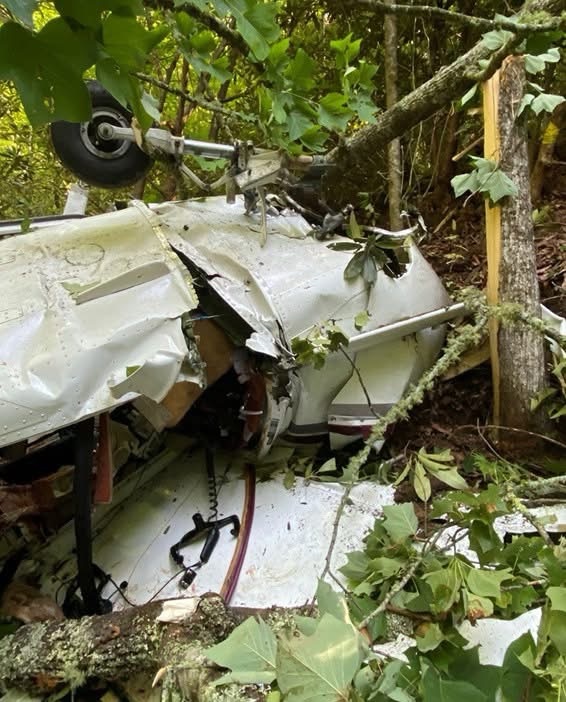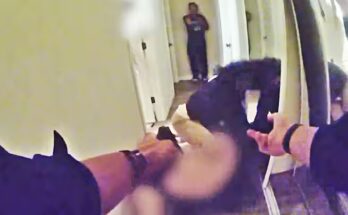
*** Final Report ***
N5064H Cessna 172 Brevard North Carolina 16 JUN 2022
3 Serious Injuries
According to the pilot, the airplane was flying over a camp so that a passenger could drop candy from the airplane. The pilot stated that the airplane was “a couple hundred feet” above the trees in slow flight. The next thing that the pilot remembered was waking up in a hospital.
According to one of the passengers, after the candy drop, the airplane flew around the camp so that photographs could be taken. The passenger stated that the airplane was descending and that he made a comment to the pilot about getting close to the treetops and needing to apply power and pull up. The pilot stated that the pilot said something similar to, “I’m working on it.” The passenger recalled that the airplane hit some trees and that he woke up next to the airplane on the ground. He also stated the engine was operating normally.
A GoPro video camera was found at the accident site and was sent to the National Transportation Safety Board’s Vehicle Recorders Division, Washington, DC, for download. The camera contained multiple short videos and still pictures of the accident flight. The 8-minute 42-second stitch of the accident image sequence showed the airplane maneuvering at a low altitude and high bank angles. The airplane made multiple passes over a clearing in the tree canopy, and the passenger in the right front seat made motions consistent with dropping objects out of the airplane over the clearing. The airplane continued to maneuver at high bank angles and a low altitude until the airplane impacted terrain.

Postaccident examination of the airplane revealed that the tail section had partially separated from the fuselage and that the wing had separated from the fuselage, resulting in substantial damage. All instrument panel components had dislodged from their housings and were scattered around the cabin.
Further examination of the airplane revealed that the left wing remained fastened to its attachment points to the fuselage. The leading edge exhibited aft diagonal buckling/crushing from the wing root to the pitot tube. Just inboard of the pitot tube, the leading edge exhibited a tree impact mark that was about 8 inches in diameter. Approximately mid-span, the leading edge exhibited a tree impact mark that was about 1.5 inches in diameter.
The right wing remained fastened to its attachment points to the fuselage. About 3 ft 5 inches from the wing tip, the leading edge exhibited a tree impact mark that was about 4 inches in diameter.
The right horizontal stabilizer was separated about 6 inches outboard from its attachment points. The elevator and trim tab remained attached to the horizontal stabilizer rear spar, which had separated from the rest of the horizontal stabilizer.

Continuity of all primary flight control cables were confirmed from the cockpit to their respective flight control surface.
The engine remained attached to the firewall and front section of the fuselage. The propeller remained attached to the engine, and tree bark was noted in the spinner dome, which was bent. Both propeller blades exhibited bent tips, and one blade had S-shaped bending. Both magnetos had separated from the engine. The magnetos were spun with an electric drill and produced sparks on all leads. The top spark plugs exhibited normal wear. Thumb compression and suction were established on all cylinders when the propeller was rotated by hand. Engine continuity was established through the engine and accessory case. A lighted boroscope was used to examine the cylinders, pistons, and valves. The carburetor was disassembled, and no anomalies were noted.
Examination of the airframe and engine revealed no evidence of mechanical malfunctions that would have precluded normal operation.
Probable Cause and Findings:
Failure to maintain altitude while maneuvering the airplane at a low altitude, which resulted in impact with trees and terrain.


